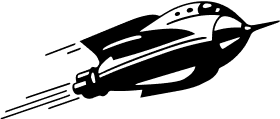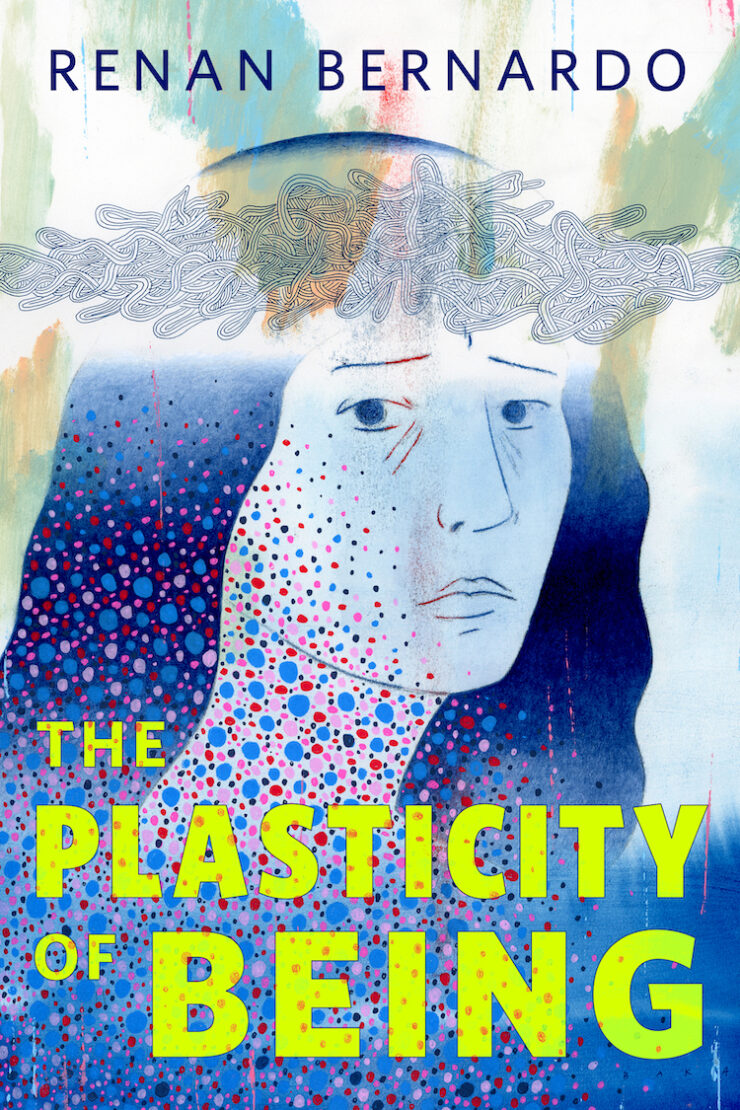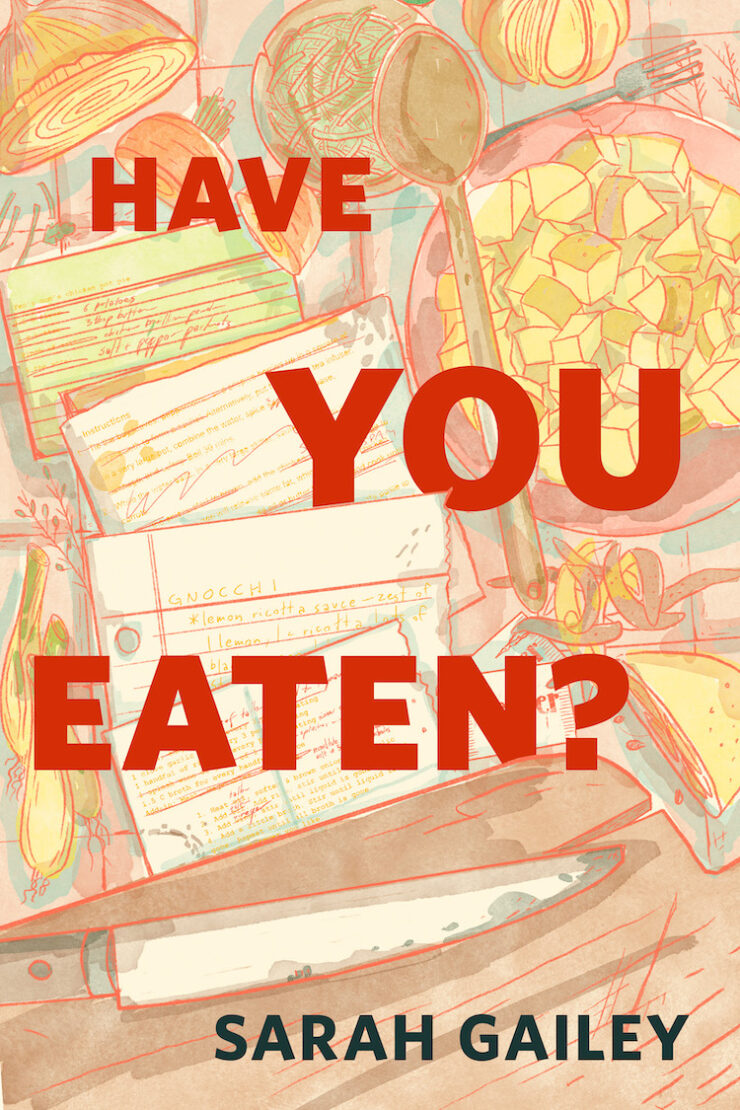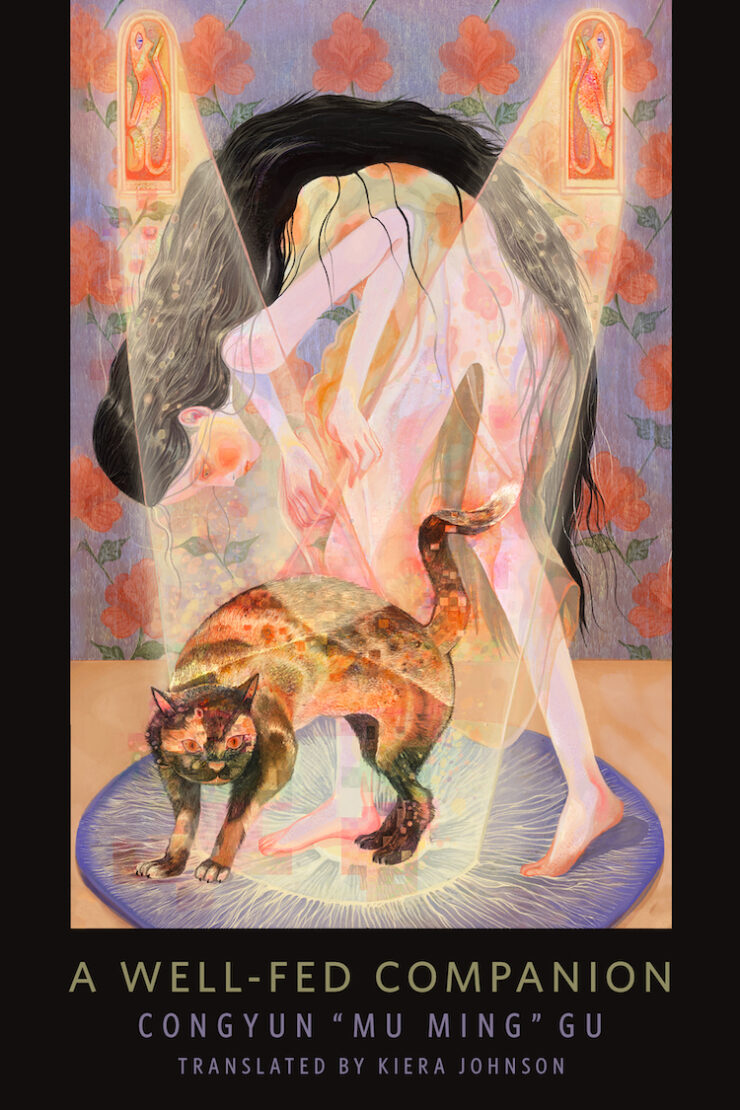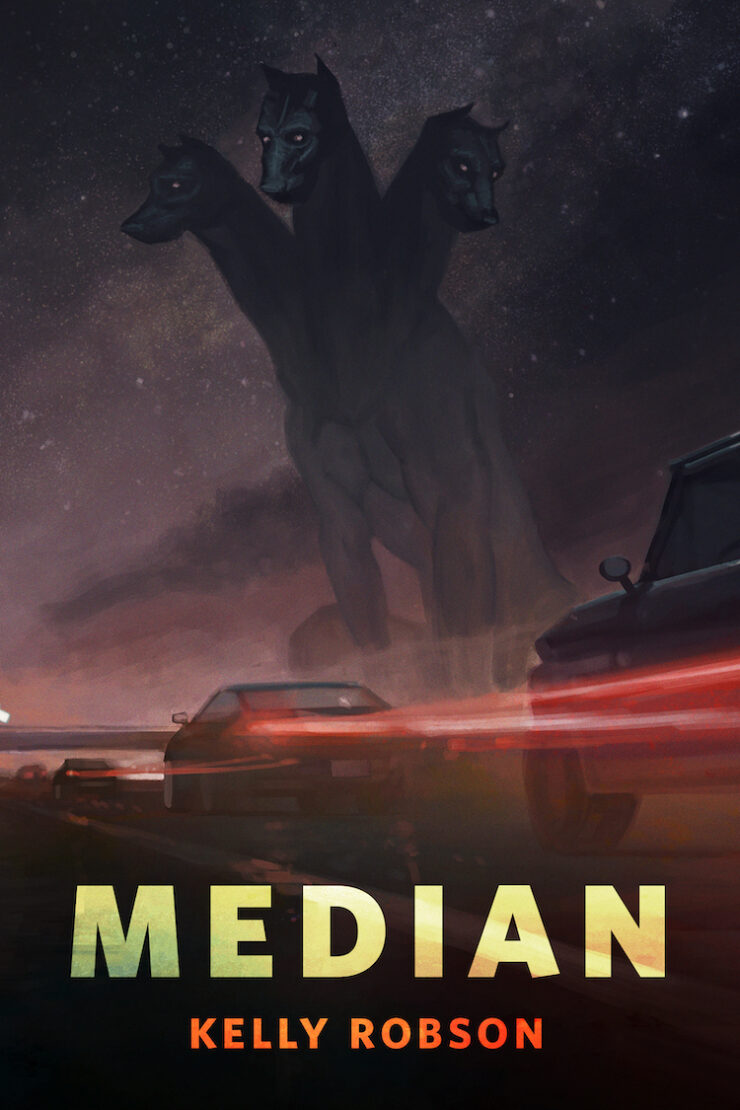Advertisement
Answering Your Questions About Reactor:
Right here.
Sign up for our weekly newsletter.
Everything in one handy email.
Horror is Good For You (and Even Better for Your Kids)
Greg Ruth
Greg Ruth
Greg Ruth has been working in comics since 1993 and has published work for The New York Times, DC Comics, Paradox Press, Fantagraphics Books, Caliber Comics, Dark Horse Comics and The Matrix. He has shown his paintings in New York, Houston, and Baltimore, and he also exhibited a series of murals at New York's Grand Central Terminal in 2002.
Website
Latest from Greg Ruth
Showing 13 results
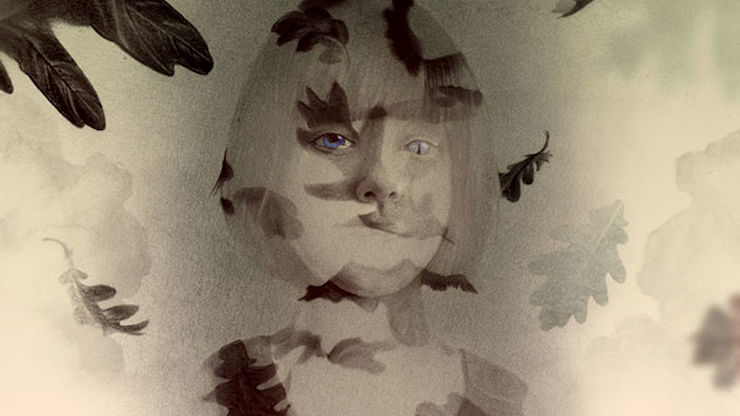
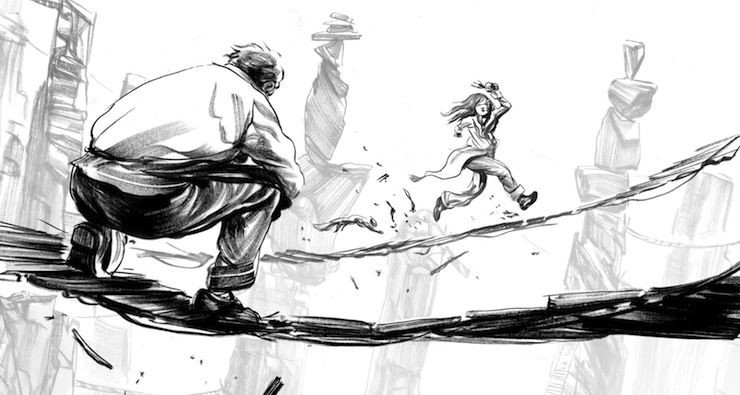

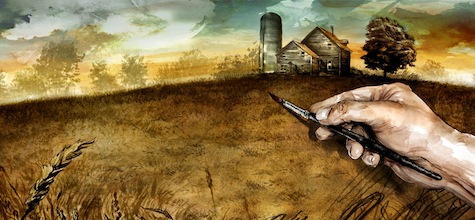
“We are all stardust and stories.”
Erin Morgenstern, The Starless Sea
